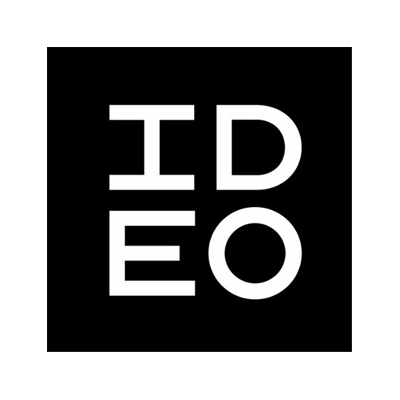Exploring New Territory in the Crypto Frontier
Project Management, UI/UX Design, Wireframing, Lo-fi & Hi-Fi Prototyping

IDEO
Project Manager, Designer
May 2015 - Aug 2015
Isn’t Bitcoin like digital money for like…drugs?
IDEO has a huge role in defining new user-driven applications in new technological frontiers. And that’s exactly what we did.
With the success of the
Intrapreneur Lab, we launched the IDEO Bits + Block coLab. Instead of focused on specific problem areas within a company, we were exploring a new technological frontier: the blockchain.
The coLab ended up establishing it self as an independent business wing at IDEO and has had over 200+ members to this date.
In the World...
Humans + Bits + Blots (Publication) via
Medium7 Innovation Insights from an IDEO Design Entrepreneur by
Diego RodriguezWatch the Series via
VimeoWatch the Perennial Video via
Vimeo





















